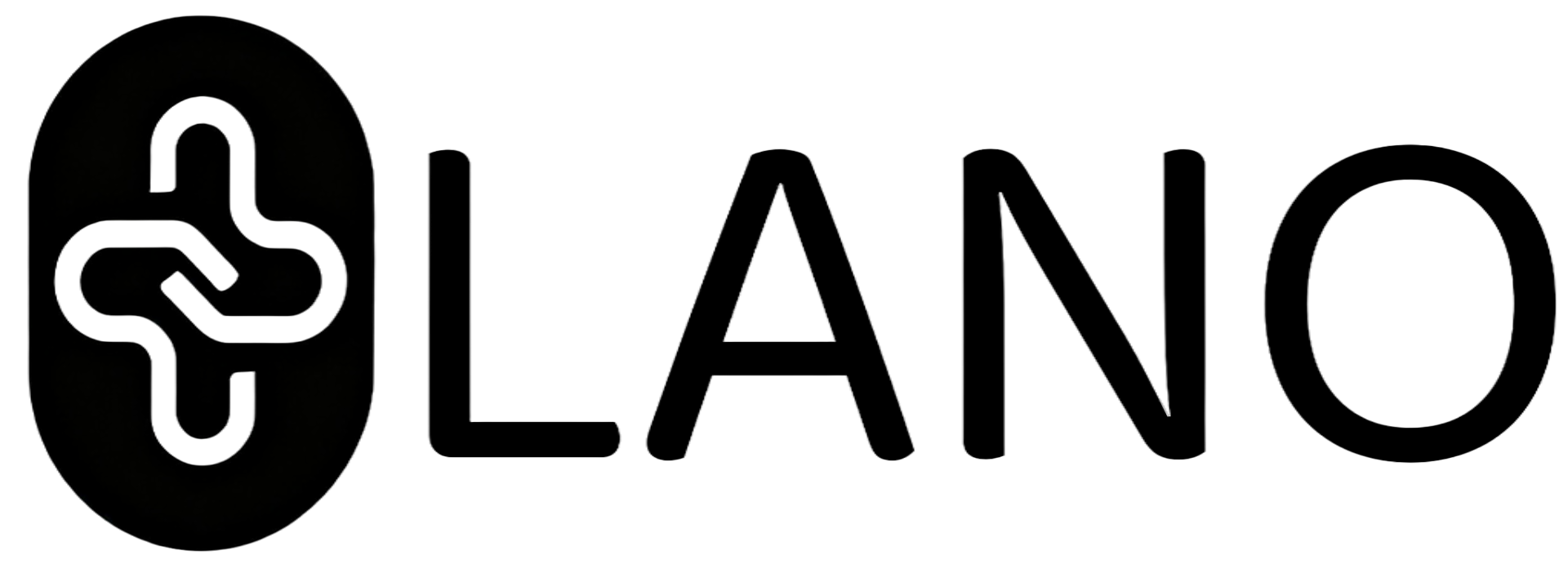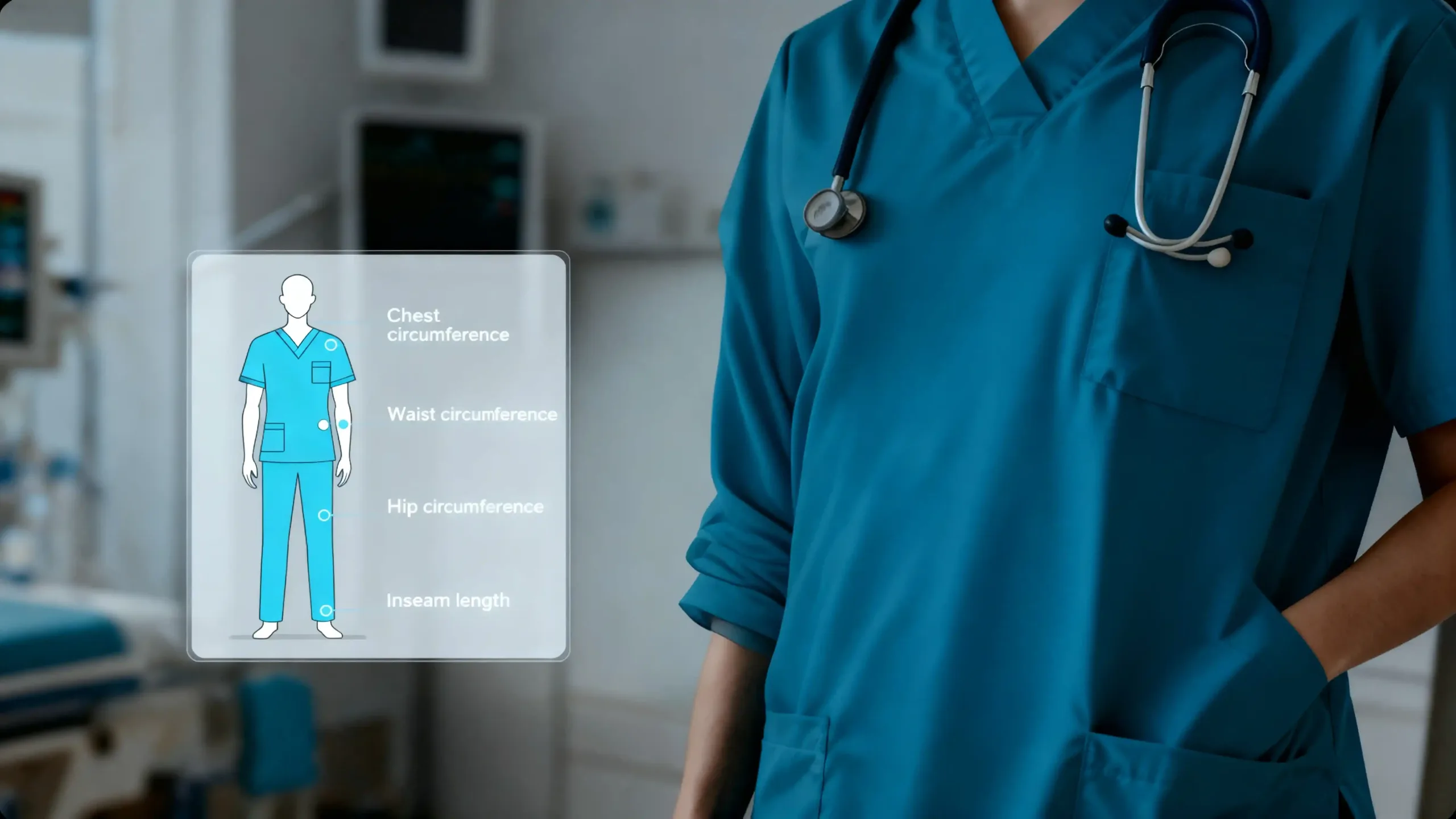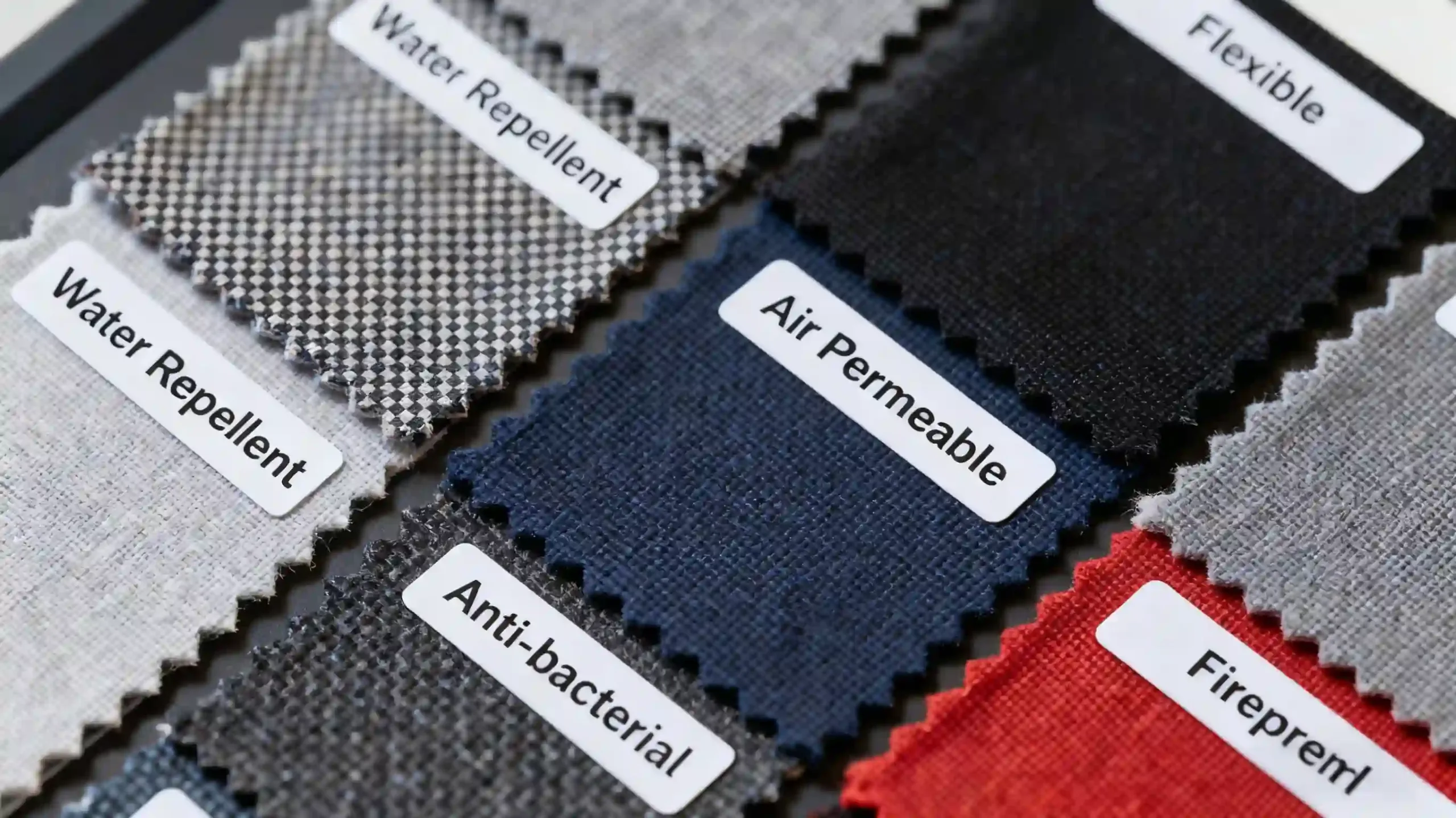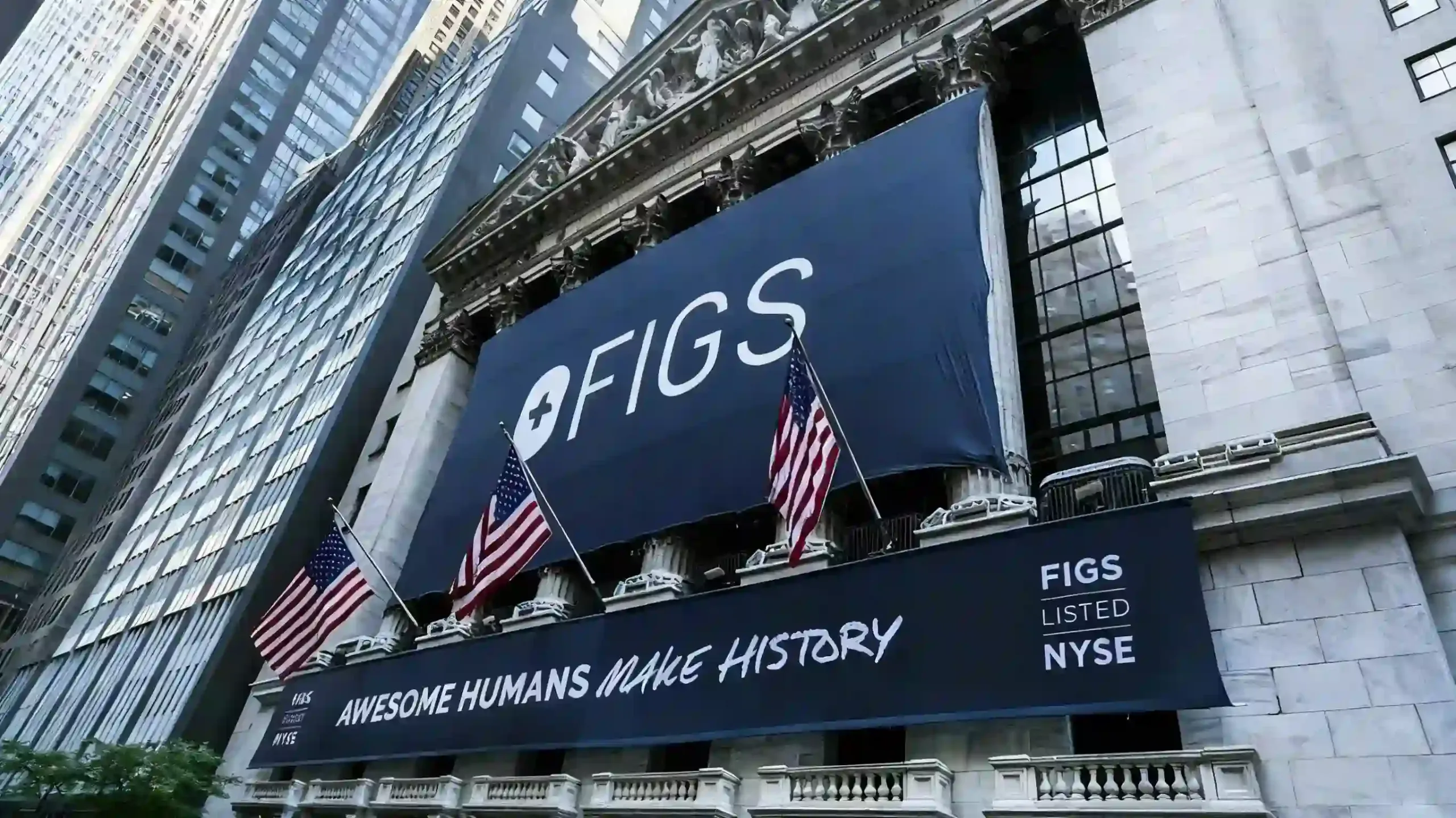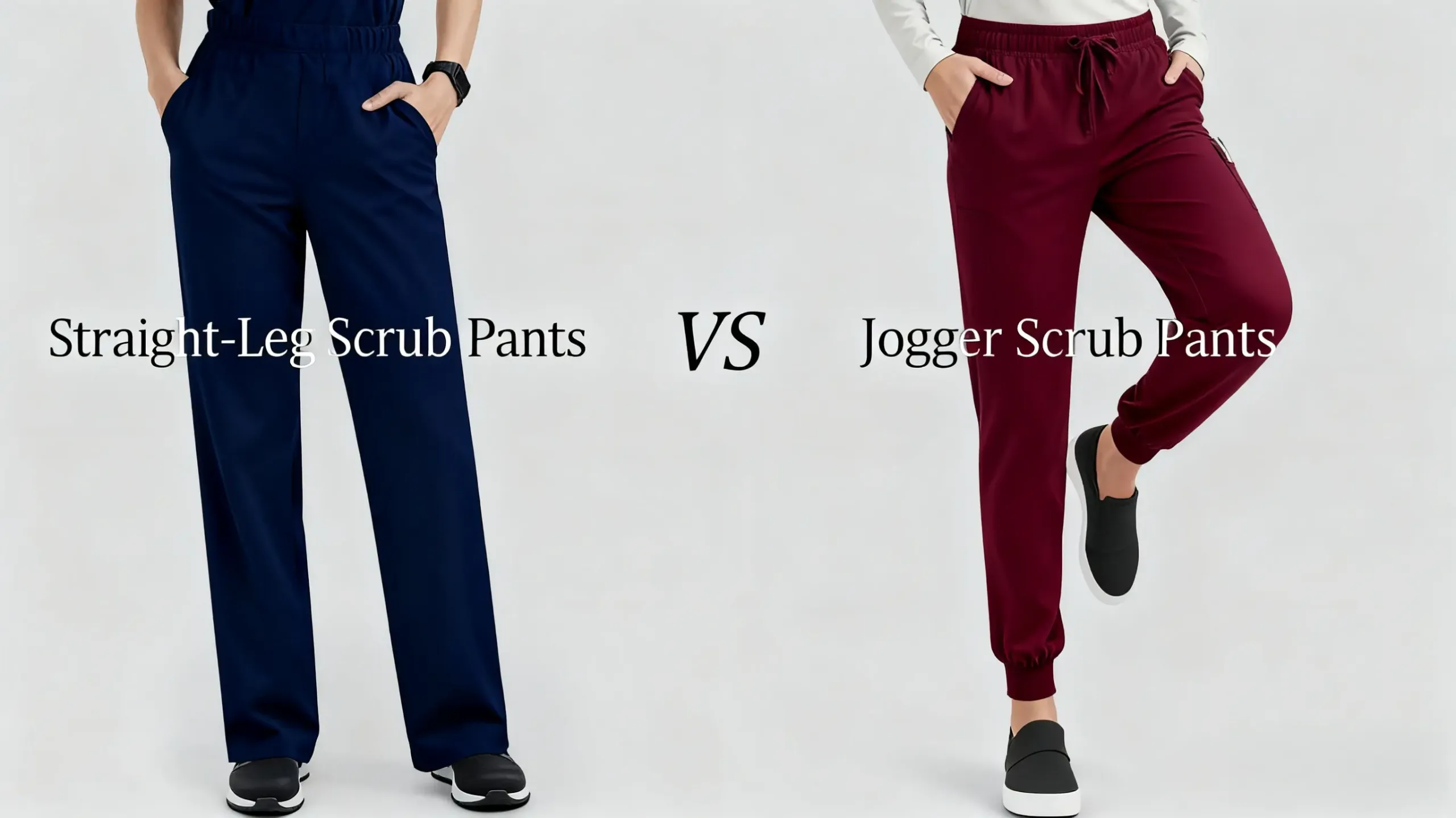How Color Psychology Impacts Medical Scrubs
How Color Psychology Impacts Medical Scrubs
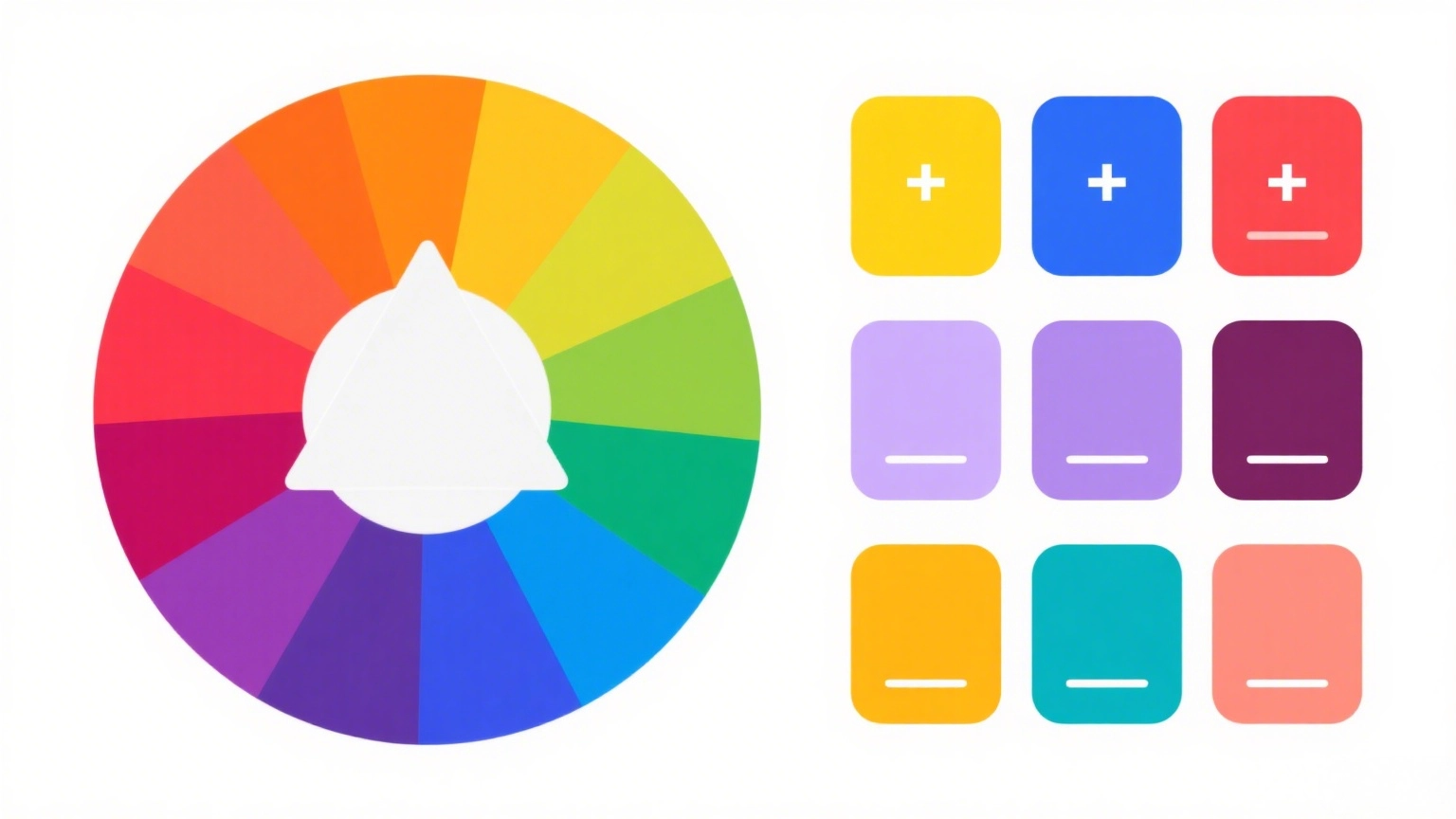
The Power of Color Psychology in Medical Scrubs
In healthcare, uniforms are far more than practical workwear—they’re a subtle yet impactful part of patient care and staff daily experience. Colors play a pivotal role here: they don’t just leave visual impressions, but actively shape emotions, behaviors, and even how smoothly clinical environments operate. For medical scrubs specifically, this means color choices are no longer just about functionality; they’re about intentional design that supports both caregivers and those receiving care.
This intentionality stems from **color psychology in medical scrubs**—the science of how hues influence moods and interactions in healthcare settings. Research into [color psychology and emotions (APA)](https://www.apa.org/monitor/2020/04/color-psychology) backs this up, showing the right shades can reduce stress, build patient trust, and boost staff morale. As more hospitals turn to custom medical scrubs, leaning into this psychological framework becomes key to aligning uniform design with care objectives.
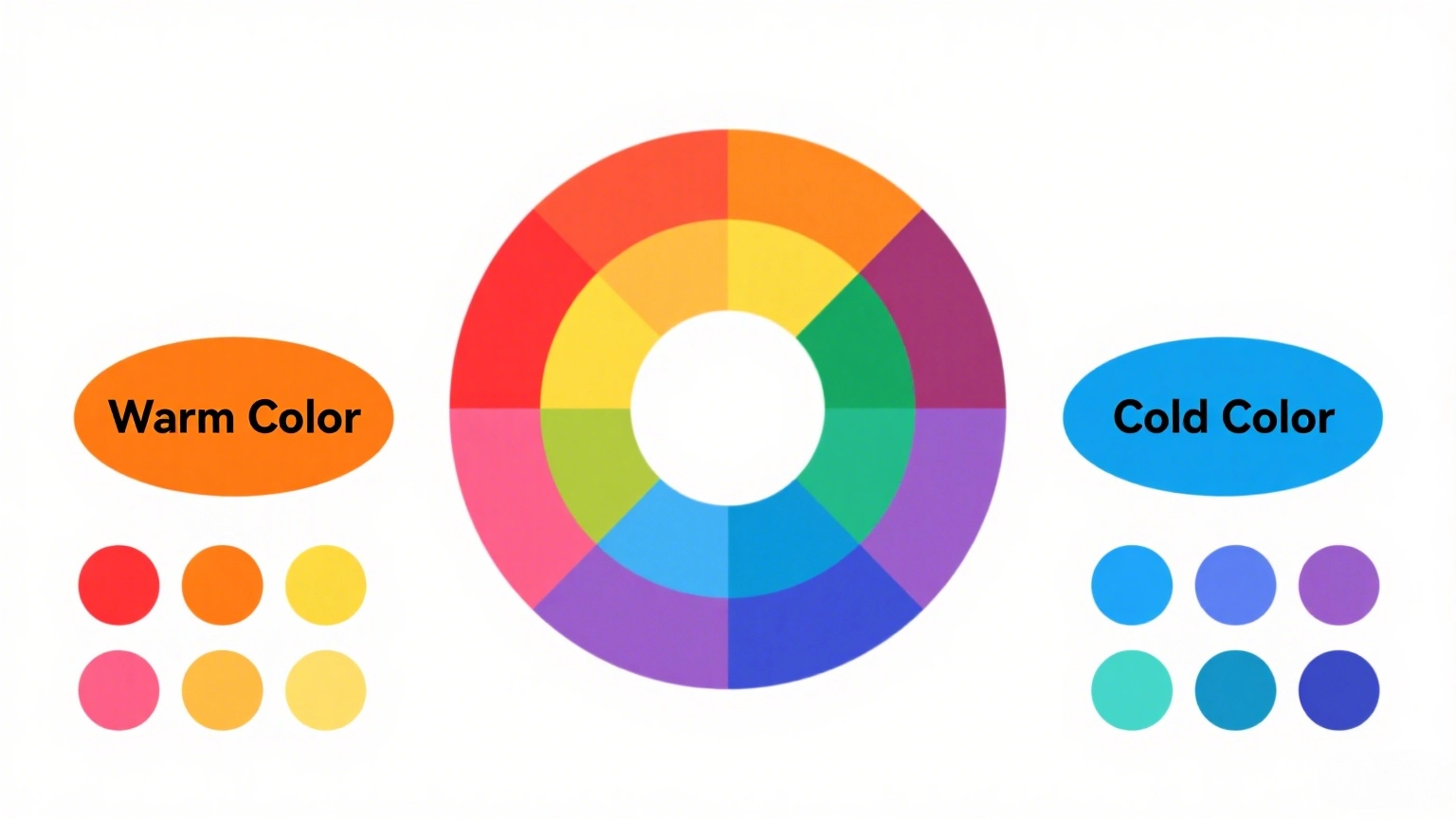
Warm and Cool Colors in Medical Scrubs
Color psychology divides hues into warm, cool, and neutral tones—all of which are critical to color psychology in medical scrubs:
Warm Colors (Red, Orange, Yellow): Linked to energy, passion, and urgency. They stimulate alertness but can feel overwhelming in clinical settings—a risk color psychology in medical scrubs helps avoid, as overstimulation may heighten patient anxiety.
Cool Colors (Blue, Green, Purple): Tied to calmness, stability, and healing. Blue scrubs are the most common in hospitals because they align with color psychology in medical scrubs to build trust and reduce stress. According to Frontiers in Psychology – Effects of Blue & Green, these tones scientifically cut stress, matching the goals of color psychology in medical scrubs.
Neutral Colors (White, Grey, Muted Tones): Project professionalism and cleanliness. But they lack warmth and show stains easily—a practical tradeoff weighed in color psychology in medical scrubs when choosing uniforms.
These associations explain why many institutions use blue or green custom medical scrubs with logos: to boost psychological comfort (rooted in color psychology in medical scrubs) and brand identity.

The Psychological Effects of Brightness and Saturation
A color’s brightness and purity affect its psychological weight—and this is a core detail in color psychology in medical scrubs:
High Brightness Colors: Feel light, agile, and open. Soft yellow scrubs for pediatric teams, for example, use color psychology in medical scrubs to feel approachable to kids, easing their fear of care.
Low Brightness Colors: Suggest stability, seriousness, and formality. Dark navy scrubs for administrators align with color psychology in medical scrubs to signal authority, helping patients identify leadership quickly.
High Saturation Colors: Are lively and energetic. They’re perfect for pediatric wards or rehab centers—tying to color psychology in medical scrubs to lift mood and encourage patient engagement.
Low Saturation Colors: Look calm and subdued. They work well in ICUs, matching color psychology in medical scrubs since patients here need quiet reassurance to reduce stress.
When healthcare facilities order custom medical scrubs, choosing the right brightness and saturation isn’t just about looks. It’s putting color psychology in medical scrubs into practice to make environments better for patients and staff.
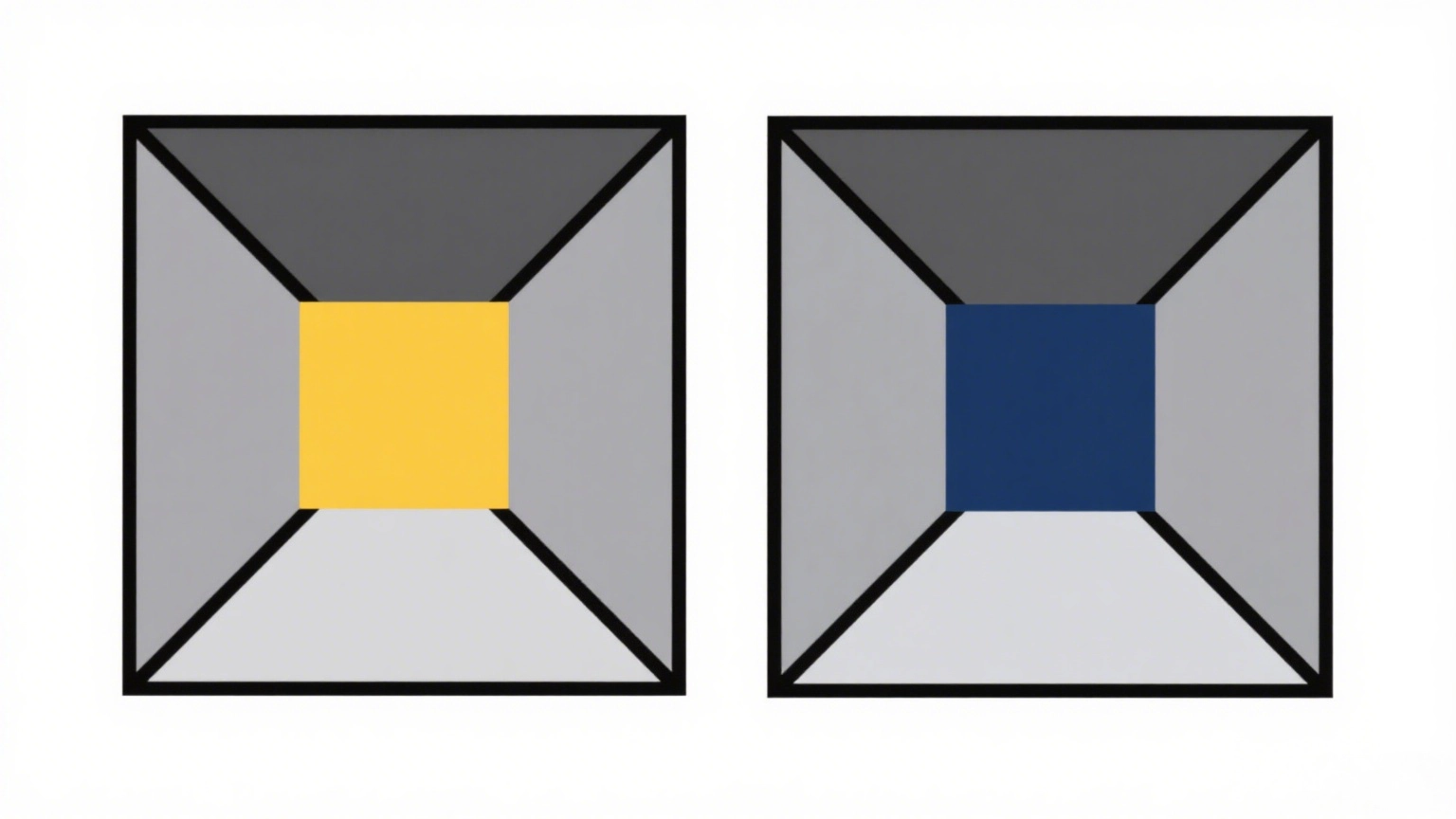
Branding and Professionalism Through Custom Scrubs
Beyond psychology, scrubs have become a powerful healthcare branding tool. Hospitals and clinics increasingly prefer custom medical scrubs with logos—they bridge practicality, patient trust, and institutional identity, all while aligning with color psychology in medical scrubs.
Healthcare Design Magazine’s research confirms branded uniforms boost patient confidence, in part because they show the facility prioritizes intentional design (including color psychology in medical scrubs).
Key Benefits of Custom Scrubs for Branding
Custom medical scrubs with logos add value for staff, patients, and operations. Below are their core advantages:
1. Strengthen Brand Identity
A consistent color palette (aligned with the facility’s brand and color psychology in medical scrubs) plus embroidered logos builds professionalism. It also makes the institution more memorable—patients associate the unique color-logo combo with the care they received.
2. Boost Team Unity
Matching scrubs reduce hierarchy between staff (doctors, nurses, technicians). They create a shared sense of belonging, which fosters collaboration in fast-paced settings like emergency rooms or surgery prep.
3. Enhance Patient Confidence
Surveys show patients link intentional uniform design to attention to detail. When staff wear scrubs tied to color psychology in medical scrubs, patients feel the facility cares about both their comfort and care quality.
4. Differentiate Departments
Color-coded custom scrubs (e.g., soft green for pediatricians, navy for emergency teams) help patients spot staff roles quickly. This cuts confusion in busy lobbies, especially for patients who may feel anxious or disoriented.
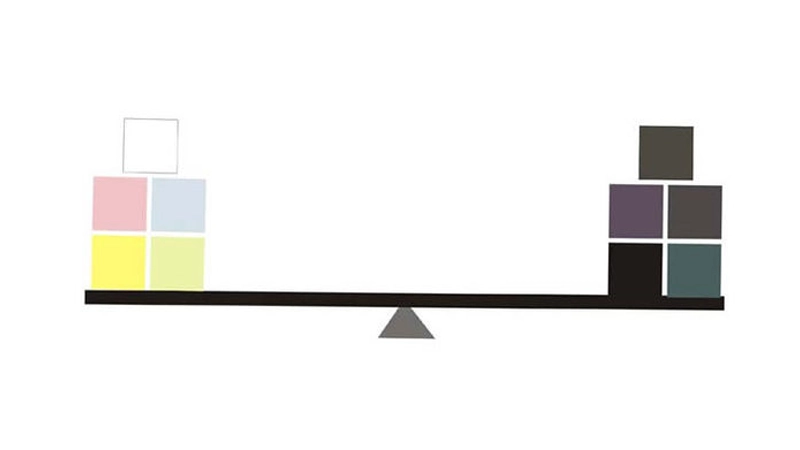
Color Psychology in Medical Scrubs: Enhancing Care and Trust
The science of color psychology in medical scrubs proves uniform design is far more than comfort—it’s a mix of psychology, branding, and patient-centered care.
By investing in custom medical scrubs, healthcare institutions use color psychology in medical scrubs to build trust, reduce stress, and reinforce their commitment to well-being.
As color continues to shape healthcare design, the future of medical uniforms will keep balancing this science with style. For more research on how colors affect emotions in clinical settings, see PubMed – Stress and Color Studies.
Get a Free Quote or Sample Today
Explore our fabric options, logo placements, and flexible MOQ plans.
Contact Us Now>>>Contact Us
Learn more about us>>>LANO SCRUB MANUFACTURER

